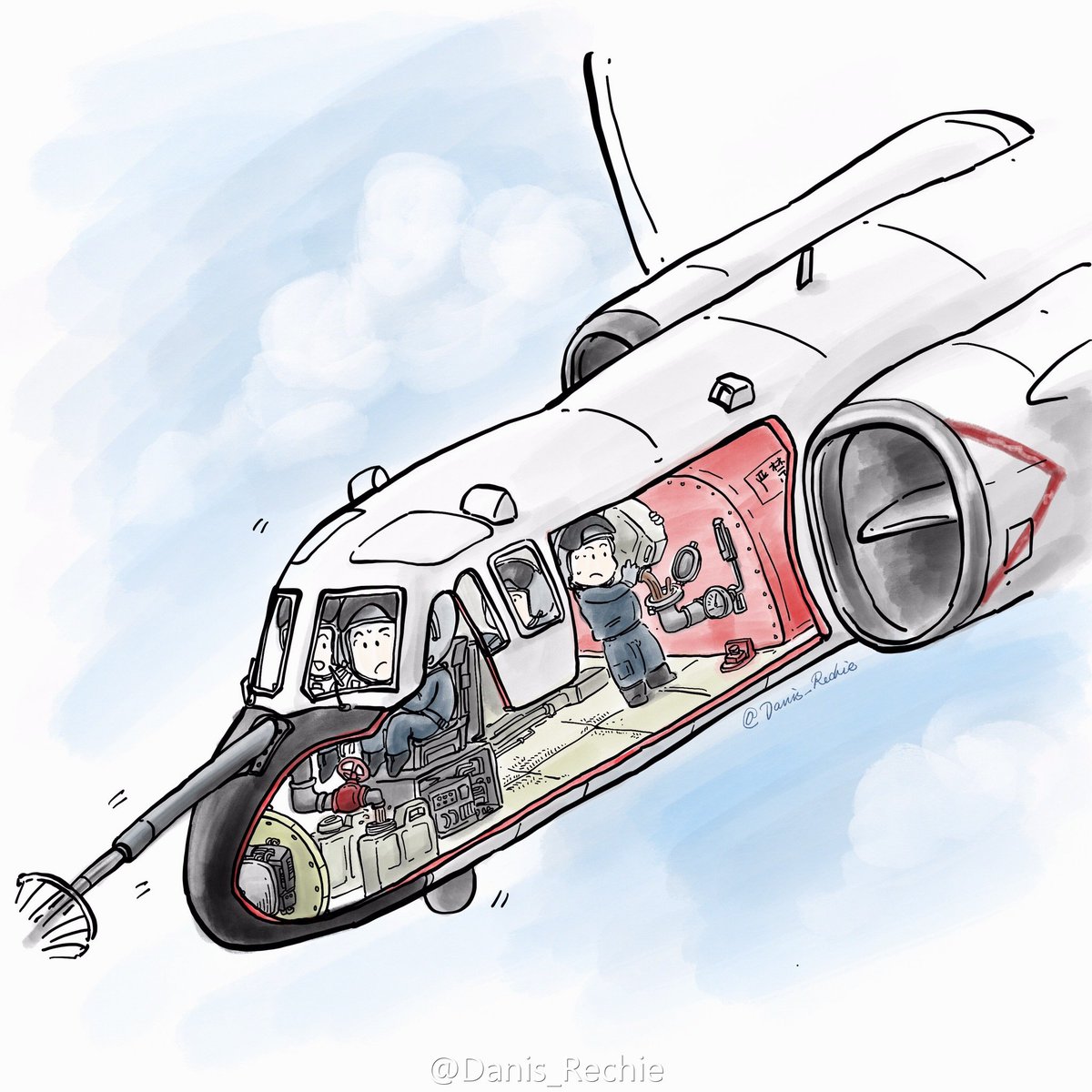I don't think there is any need for panic It is normal development of Chinese airforce now that they have medium range bomber might as well use it for patrol
US flew bomber close to SCS so no difference. This article make comment on refueling and they just did that From Henri K. And of course in time of real crisis they will be escorted by fighter
The composite fueling boom, developed by CASC for a certain "large aircraft", was delivered for installation. H-6N? Y-20x?

Chinese bomber runs near Guam aimed at sending a message to US, analysts say
US defence officials tell military news website they’re worried about potential threat from Beijing
PUBLISHED : Wednesday, 01 November, 2017, 7:01pm
UPDATED : Wednesday, 01 November, 2017, 8:20pm

The H-6K Badger warplanes – with 1,600km range air-launched cruise missiles – are testing US defence zones around Guam, the Military Times quoted unnamed US defence officials in the region as saying on Tuesday.
China’s bomber runs targeting Guam were part of a range of activities making US forces in the territory worry about the potential threat from Beijing – even as North Korea pursues its nuclear weapons programme, the report said.
“It’s very common for [People’s Republic of China] aircraft to intercept US aircraft” these days, one of the officials said. “The PRC is practising attacks on Guam.”
China’s recent activities in the area suggested it was preparing to defend expanded boundaries, according to the officials.
“We now have, on a daily basis, armed Chinese Flankers and Japanese aircraft” coming in close proximity of each other, the officials said, adding that intercepts between the US and China were also increasing.
China’s defence ministry did not respond to a request for comment.
The H-6K, a strategic bomber that entered service in 2009, is designed for long-range and stand-off attacks and could strike US carrier battle groups and priority targets in Asia.
It has a combat range of 2,000km while the missile it carries extends the bomber’s strike range to 4,000km – meaning it can operate over the high seas.
The bombers were used to patrol the Scarborough Shoal area of the South China Sea – an area claimed by both Beijing and Manila – in July last year, according to Chinese state media.
Collin Koh, a maritime security expert at Nanyang Technological University in Singapore, said China was trying to strengthen its deterrence capability by pushing further into the western Pacific Ocean.
“I believe China is first and foremost keen to intensify measures closer to shore, but pushing the envelope further out into the western Pacific also serves the purpose of enhancing deterrence against the US, with an overall strategic aim of raising the costs of Washington if it chooses to intervene militarily in, say, Taiwan or the East China Sea,” Koh said.
China first revealed its new-generation H-6K strategic bomber at a military parade in 2015 marking the 70th anniversary of the end of the second world war. The new aircraft will be equipped with DH-20 land-attack cruise missiles, putting Australia within striking distance. At present, only Russia and the US can launch cruise missiles from the air.
But military experts said shortfalls in the design would hold back its combat capabilities.
“Without mid-air refuelling and proper fighter escorts, these bombers are essentially sitting ducks out over the open western Pacific,” Koh said.
Given the limitations, Zhou Chenming, another military expert, said China was mainly using the warplane for nearshore operations.
“It’s absurd for China to deploy H-6Ks to attack Guam because Chinese missiles – or even nuclear weapons – can do the same job without dispatching personnel. Currently, those bombers mainly fly around Taiwan, sending a message to the island’s pro-independence forces,” Zhou said.
Talk about just mentioning half the story. Looks like China is pushing back against the long time US campaign of aggression of directly and instigating others to militarize air and maritime space around China's periphery including unilateral ADIZs, close-in surveillance, maritime claim challenges, gunboat diplomacy with naval fleets and bomber formations, massive forward military basing, etc.
